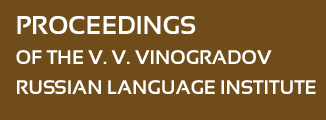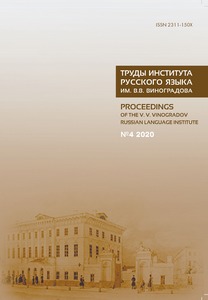MODERN WRITERS ON CREATIVE WRITING THROUGH THE LENS OF METAPHOR (BASED ON THE BOOK “HOW WE WRITE”, 2018)
Abstract:
The article examines metaphors and similes that represent the way modern authors reflect on their work and their epoch, on the literary process and the writer’s place in the world. The research material was the book “How we write”. Writers on literature, time, and themselves” issued in 2018, correlated with the 1930 book of the same name, written by 36 contemporary writers. The book is written in the essay genre, in which comparative tropes have a crucial text-forming function.
The work shows that comparative constructions are, on the one hand, integrated into traditional figurative paradigms, and, on the other hand, the authors often find new, un expected turns in the development of metaphorical meanings. The article analyzes the main semantic classes of tenors and vehicles of comparative tropes related to the subject of creative writing. First of all, the subject of comparison in the texts of the book under consideration is writing, which is compared with the hard physical labor of a miner, digger, plowman, builder, stonecutter, with exploration of new territories, detective work, hunting, jewelry making, etc. In addition, writing is likened to swimming and diving.
Apart from this fi gurative correspondence, associated with the traditional figurative parallel “Life is swimming,” modern prose writers also use other stable metaphorical para digms: “Writing is a way” and “Writing is burning”. The paper also considers the following tenors of tropes: the writer, the process of literary creativity, language and word. Among the semantic classes of vehicles of comparative tropes, it is necessary to note images associated with the human life cycle, as well as with paternity relations. There are also other anthropomorphic images, as well as phytomorphic and zoomorphic metaphors. Particular attention is paid to scientific and technical terms which become the supporting words of comparative tropes characterizing creative writing. The highlighted semantic transformations characterize different aspects of literary creativity, updating a collection of traditional figures of speech.


